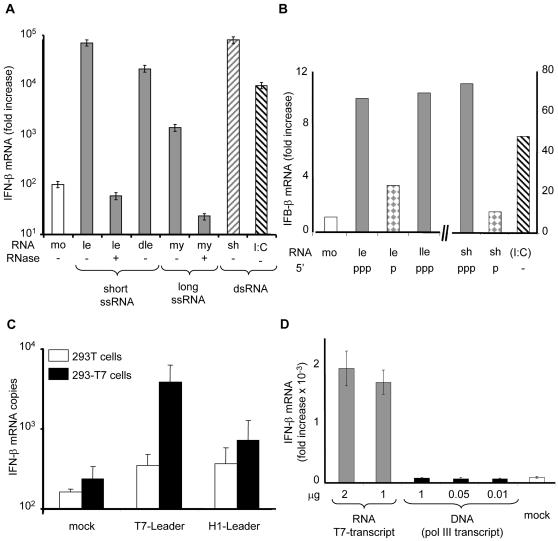Figure 2. 5′-triphosphate ended RNA are strong activators of IFN-β.
(A) In vitro T7 transcripts activate the IFN response independently of RNA sequence 293T cells were transfected for 24 h with 200 ng of T7 transcripts purified according to their size: short single strand 56 nt leader (le), 56 nt delear (dle, an anagram from leader with poor predicted structure, see Figure S3), single strand 86 nt myc (my) RNA, 62 nt shRNAeGFP (sh) or poly(I:C); (mo) = mock. As controls, RNAs were digested with RNase A before transfection. (B) 5′-triphosphate RNA are stronger IFN inducers than 5′-monophosphate RNA. Monophosphate RNAs were obtained as described in Figure S3 and have length identical to their 5′triphosphate counterparts. 200 ng of 5′-triphosphate short leader (le), 5′-monophosphate short leader (le), 5′-triphosphate long leader (lle), 5′-triphosphate-shRNAeGFP, 5′-monophosphate-shRNAeGFP (sh) or poly(I:C), were transfected into 293T cells. The results are from one representative experiment out of three. (C) In vivo T7-driven, but not in vivo Pol III-driven transcription of measles virus RNA leader activates IFN-β. 293T and 293-3-46 (noted 293-T7) cell line stably expressing the T7 polymerase were transfected with 0.4 µg/105 cells of pcDNA-t7-leader or pSUPER-H1-leader and the amount of IFN-β transcripts was quantified. (D) In vitro T7 transcripts but not in vivo Pol III transcripts induce IFN-β activation. 293T cells were transfected with peGFPN2 plasmid coding for the eGFP together with either eGFP specific shRNA transcripts made in vitro by the T7 polymerase or a plasmid DNA encoding an eGFP specific shRNA under the Pol III promoter.

